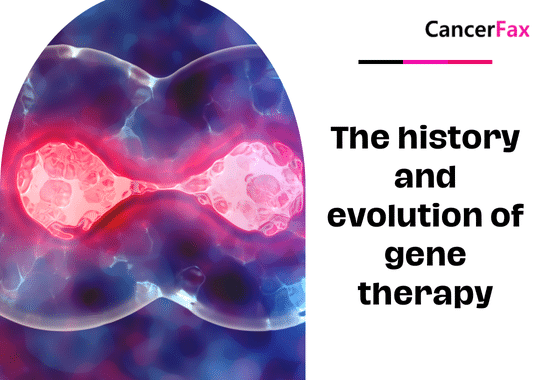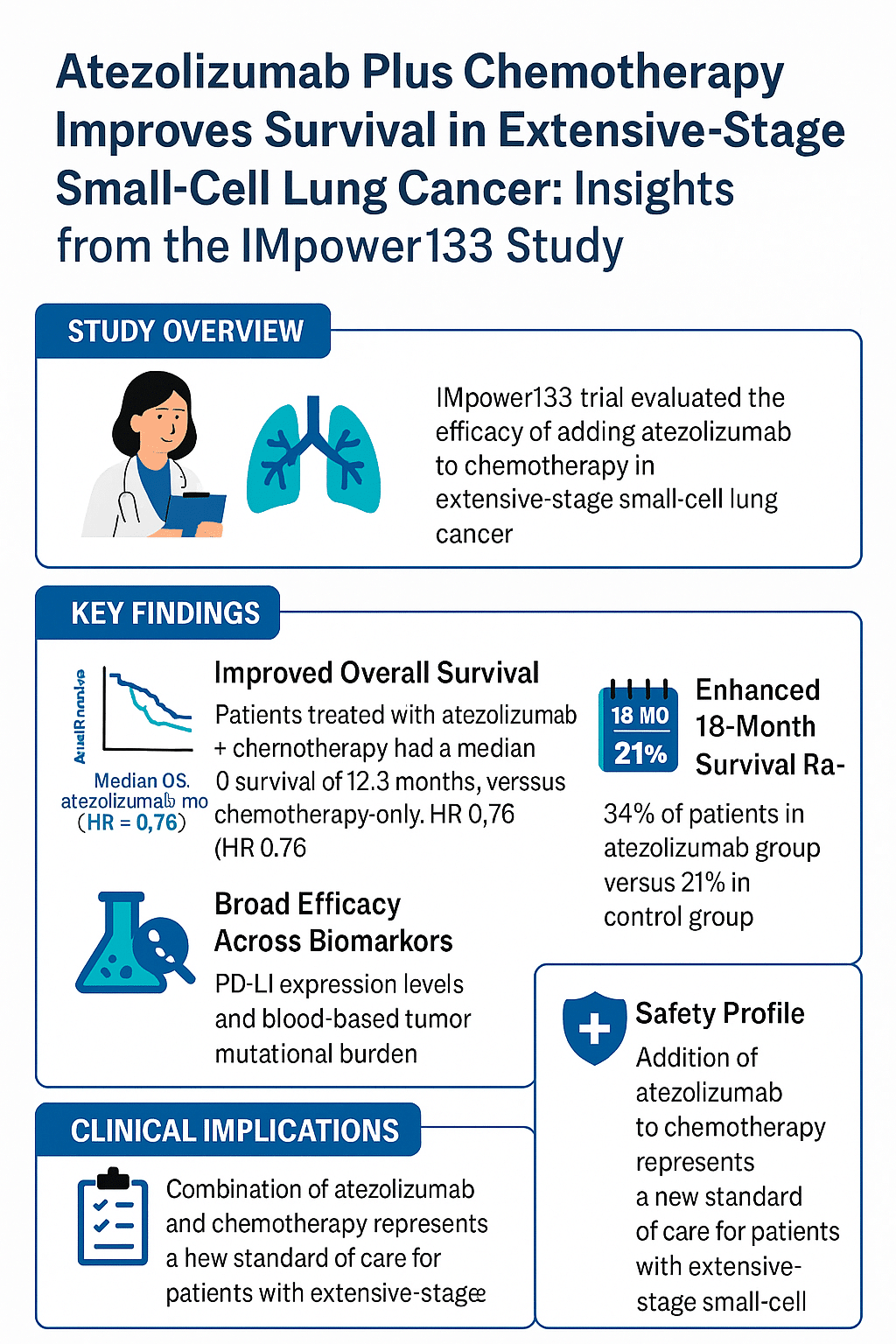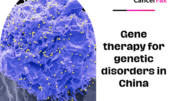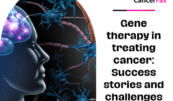The history and evolution of gene therapy
History and Evolution of Gene Therapy
The history and development of gene therapy, a radically new medical intervention that intends to treat or prevent diseases by modifying the genetic material within a patient’s cells, have been nothing short of astonishing. Marching from a purely conceptual point of origin to its present status as a clinical possibility, gene therapy represents the unending quest for scientific novelty, punctuated by landmark breakthroughs, pioneering experiments, and equally famous setbacks.
Conceptual Beginnings
The very idea of editing genetic material to rectify disease can be traced back to the middle of the 20th century, right after the discovery of DNA’s double helix structure by James Watson and Francis Crick back in 1953. Modern genetics was really opened at this stage, with a feeling in the scientific community that genes could now actually be manipulated to correct genetic disorders.
In the 1960s and 1970s, soon after the progress of molecular biology and genetic engineering technologies, first with recombinant DNA technology, thoughts about gene therapy arose. It put forward the idea to use viruses as vectors, transferring therapeutic genes into cells. It utilized the inherent ability of viruses to insert their genetic material into host cells.
Early Clinical Trials of Human Gene Therapy
The first big breakthrough in gene therapy came in 1990, when Dr. William French Anderson and his team were the first to conduct an approved gene therapy clinical trial on a four-year-old girl named Ashanti DeSilva, suffering from an extremely severe case of genetic disorder known as adenosine deaminase, or ADA, deficiency. Basically, it meant her immune system was so crippled that it had open doors for infection.

The procedure worked by transferring a normal copy of the ADA gene into Ashanti’s T cells by vectoring using a retroviral vector. She improved well, as reflected in her immune function, and hence provided one of the major, most critical milestones in medical history. This successful trial convinced many of gene therapy’s potential and naturally lighted hope for a long and diverse list of genetic disorders.
Advances and Setbacks in the 1990s and 2000s
The 1990s really took off immediately after the initial success of gene therapy research and clinical trials against a raft of genetic disorders, from cystic fibrosis to hemophilias to some types of cancer. This was not all plain sailing.
In 1999, gene therapy was subject to harsh criticism when a terrible accident occurred with an 18-year-old patient named Jesse Gelsinger. Jesse was suffering from the mild genetic disorder referred to as ornithine transcarbamylase deficiency (OTC); he became part of the testing for gene therapy conducted at the University of Pennsylvania. His death caused a vigorous immune response to the adenoviral vector applied in gene therapy and realized serious Nashik ethics and safety concerns about this gene therapy.
The incident thus brought tighter regulatory control and caused a temporary slowdown in gene therapy research. On the other hand, the scientific community did work on refining vector design and delivery methods so that safety and efficacy Liebermann: measures for gene therapy could be better addressed.
Enter CRISPR and Gene Editing
The discovery of CRISPR-Cas9 technology in the early 2010s changed gene therapy and genetic engineering overnight. CRISPR means Clustered Regularly Interspaced Short Palindromic Repeats, which stands for a repeated series of genetic bases that actually enables editing of a very fine character connected with hacking a genome—cutting DNA at will and inserting genes to delete, insert, or modify them.
This was the breakthrough technology that opened new avenues for gene therapy, by currently enabling more precise and targeted treatments. The researchers began to think of using CRISPR to correct genetic mutations responsible for sickle cell anemia, muscular dystrophy, and some cancers.
Recent Successes and Future Prospects
Gene therapies have made outstanding accomplishments in the past years, and some of these treatments are now approved by regulatory bodies and hit the market. Take, for instance, Luxturna from Spark Therapeutics, which represents gene therapy for treating Leber congenital amaurosis.
This is a rare inherited blindness approved by the FDA in 2017. In this case, Luxturna provides a functional copy of the RPE65 gene directly to the retinal cells, restoring the vision of patients.
Another exciting development that is in the pipeline is the expected licensure of Zolgensma: AveXis’s gene therapy for Spinal Muscular Atrophy. It is a serious hereditary neurologic disorder affecting motor neurons, resulting in muscle weakness and atrophy. Zolgensma is a gene therapy approved in 2019 that uses an adeno-associated viral vector to deliver a functional copy of the SMN1 gene. This one-time treatment has already given miraculous results in clinical trials.
It is on the bright side for gene therapy in the future, with present research into the area reaching toward a much larger share of treatable diseases at the level of complexity of Alzheimer’s and heart diseases. Improved ways of delivery through the use of nanoparticles and improved viral vectors continue to develop the precision and safety of gene therapy.
Ethical and Societal Considerations
With gene therapy going even further, there is utterly no way to avoid the ethical concerns. The ability to change human genes that may have latent effects and genetic changes themselves may be induced for some sure effects, unknown by nature, has widely been considered as a moral problem itself. High price tag of the treatments reached with gene therapy makes equal accessibility a big concern all the more.
Conclusion
The history and evolution of gene therapy have been a tremendous journey of innovative science, sheer perseverance, and hope. From early conceptual ideas to the recent breakthroughs made in this field, gene therapy has turned from a theoretical consideration into clinical reality, bringing new possibilities of treatment options against genetic disorders once thought incurable. With continuous development in research and technology, gene therapy is able to become instrumental in enabling new medicine that could change the lives of millions of people across the world and shift the paradigm of personalized and precision medicine.
References:
Meis, J. F., Chowdhary, A., Rhodes, J. L., Fisher, M. C., & Verweij, P. E. (2016). Clinical implications of globally emerging azole resistance in Aspergillus fumigatus. Philosophical Transactions – Royal Society. Biological Sciences, 371(1709), 20150460. https://doi.org/10.1098/rstb.2015.0460
Hu, B., Zhong, L., Weng, Y., Peng, L., Huang, Y., Zhao, Y., & Liang, X. J. (2020). Therapeutic siRNA: state of the art. Signal Transduction and Targeted Therapy, 5(1). https://doi.org/10.1038/s41392-020-0207-x
McGranahan, N., & Swanton, C. (2015). Biological and Therapeutic Impact of Intratumor Heterogeneity in Cancer Evolution. Cancer Cell, 27(1), 15–26. https://doi.org/10.1016/j.ccell.2014.12.001
- Discovery of DNA Structure:
- Watson, J.D., & Crick, F.H.C. (1953). Molecular structure of nucleic acids: a structure for deoxyribose nucleic acid. Nature, 171(4356), 737-738. doi:10.1038/171737a0.
- First Gene Therapy Trial (1990):
- Anderson, W.F., Blaese, R.M., & Culver, K.W. (1990). The ADA Human Gene Therapy Clinical Protocol: The First Approved Gene Therapy Experiment in the United States. Human Gene Therapy, 1(3), 331-362. doi:10.1089/hum.1990.1.3-331.
- Jesse Gelsinger Case (1999):
- Marshall, E. (2000). Gene Therapy on Trial. Science, 288(5468), 951-957. doi:10.1126/science.288.5468.951.
- CRISPR-Cas9 Technology:
- Doudna, J.A., & Charpentier, E. (2014). The new frontier of genome engineering with CRISPR-Cas9. Science, 346(6213), 1258096. doi:10.1126/science.1258096.
- Luxturna Approval:
- Russell, S., Bennett, J., Wellman, J.A., Chung, D.C., Yu, Z.F., Tillman, A., … & Cross, D.R. (2017). Efficacy and safety of voretigene neparvovec (AAV2-hRPE65v2) in patients with RPE65-mediated inherited retinal dystrophy: a randomised, controlled, open-label, phase 3 trial. The Lancet, 390(10097), 849-860. doi:10.1016/S0140-6736(17)31868-8.
- Zolgensma Approval:
- Mendell, J.R., Al-Zaidy, S.A., Lehman, K.J., Shell, R., Farwell, W., Lowes, L.P., … & Day, J.W. (2017). Single-Dose Gene-Replacement Therapy for Spinal Muscular Atrophy. New England Journal of Medicine, 377, 1713-1722. doi:10.1056/NEJMoa1706198.
Dr. Nishant Mittal is a highly accomplished researcher with over 13 years of experience in the fields of cardiovascular biology and cancer research. His career is marked by significant contributions to stem cell biology, developmental biology, and innovative research techniques.
Research Highlights
Dr. Mittal's research has focused on several key areas:
1) Cardiovascular Development and Regeneration: He studied coronary vessel development and regeneration using zebrafish models1.
2) Cancer Biology: At Dartmouth College, he developed zebrafish models for studying tumor heterogeneity and clonal evolution in pancreatic cancer.
3) Developmental Biology: His doctoral work at Keio University involved identifying and characterizing medaka fish mutants with cardiovascular defects.
4) Stem Cell Research: He investigated the effects of folic acid on mouse embryonic stem cells and worked on cryopreservation techniques for hematopoietic stem cells.
Publications and Presentations
Dr. Mittal has authored several peer-reviewed publications in reputable journals such as Scientific Reports, Cardiovascular Research, and Disease Models & Mechanisms1. He has also presented his research at numerous international conferences, including the Stanford-Weill Cornell Cardiovascular Research Symposium and the Weinstein Cardiovascular Development Conference.
In summary, Dr. Nishant Mittal is a dedicated and accomplished researcher with a strong track record in cardiovascular and cancer biology, demonstrating expertise in various model systems and a commitment to advancing scientific knowledge through innovative research approaches.
- Comments Closed
- July 15th, 2024






CRISPR development history, Evolution of genetic medicine, First gene therapy trials, Future of gene therapy, Gene editing timeline, Gene therapy history, Medical genetics breakthroughs, Milestones in gene therapy
CancerFax is the most trusted online platform dedicated to connecting individuals facing advanced-stage cancer with groundbreaking cell therapies.
Send your medical reports and get a free analysis.
🌟 Join us in the fight against cancer! 🌟
Привет,
CancerFax — это самая надежная онлайн-платформа, призванная предоставить людям, столкнувшимся с раком на поздних стадиях, доступ к революционным клеточным методам лечения.
Отправьте свои медицинские заключения и получите бесплатный анализ.
🌟 Присоединяйтесь к нам в борьбе с раком! 🌟